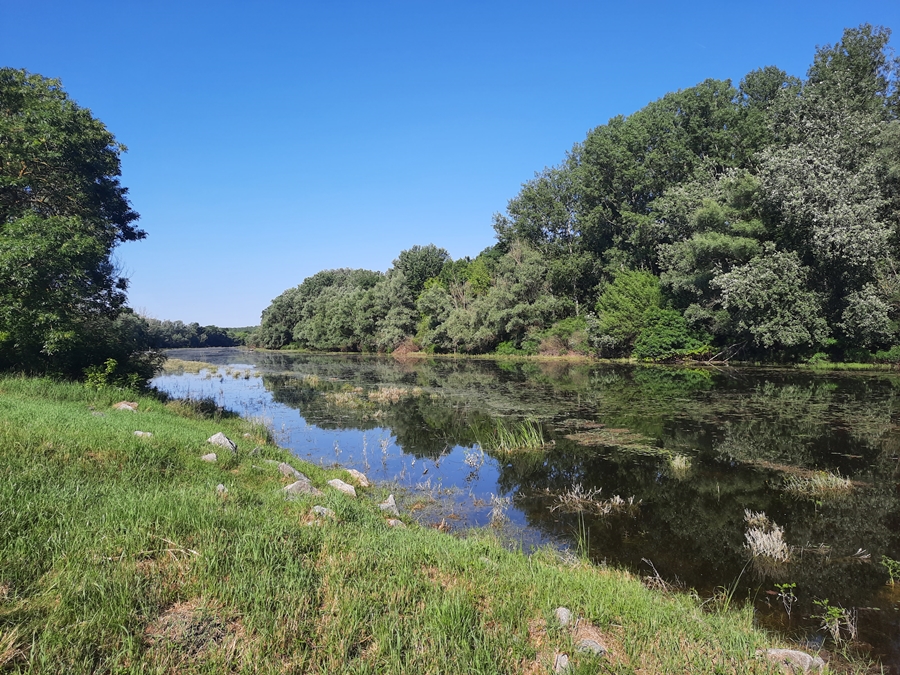Researchers from our Institute (HUN-REN BLRI) examined the role of habitat specialisation, spatial, and environmental variability in shaping diversity patterns of fish metacommunities in two different floodplains of the river Danube. Their results show that the total number of species and the number of habitat-specialist fish species increased with the degree of hydrological connectivity between habitats and the main channel (the Danube), while this relationship was much weaker for generalist species with lower habitat requirements. The paper presenting the research was published recently in the scientific journal PLOS One.
The diversity and organisation of living communities in floodplains are influenced by several factors, the roles of which we have incomplete knowledge about. HUN-REN BLRI researchers examined the significance of factors determining the diversity of fish communities in two different floodplains of the Danube during two different time periods. They demonstrated that the total number of species and the number of habitat-specialist fish species increased with the degree of hydrological connectivity between habitats and the main channel (the Danube), while this relationship was much weaker for generalist species with lower habitat requirements. The number of fish species in the communities could be predicted more effectively by habitat and spatial variables than by the diversity of species composition based on habitat types. However, the significance of individual explanatory variables varied greatly between the two floodplains and the two sampling time periods.

Szeremlei-Holt-Duna (Fotó: Czeglédi István)


